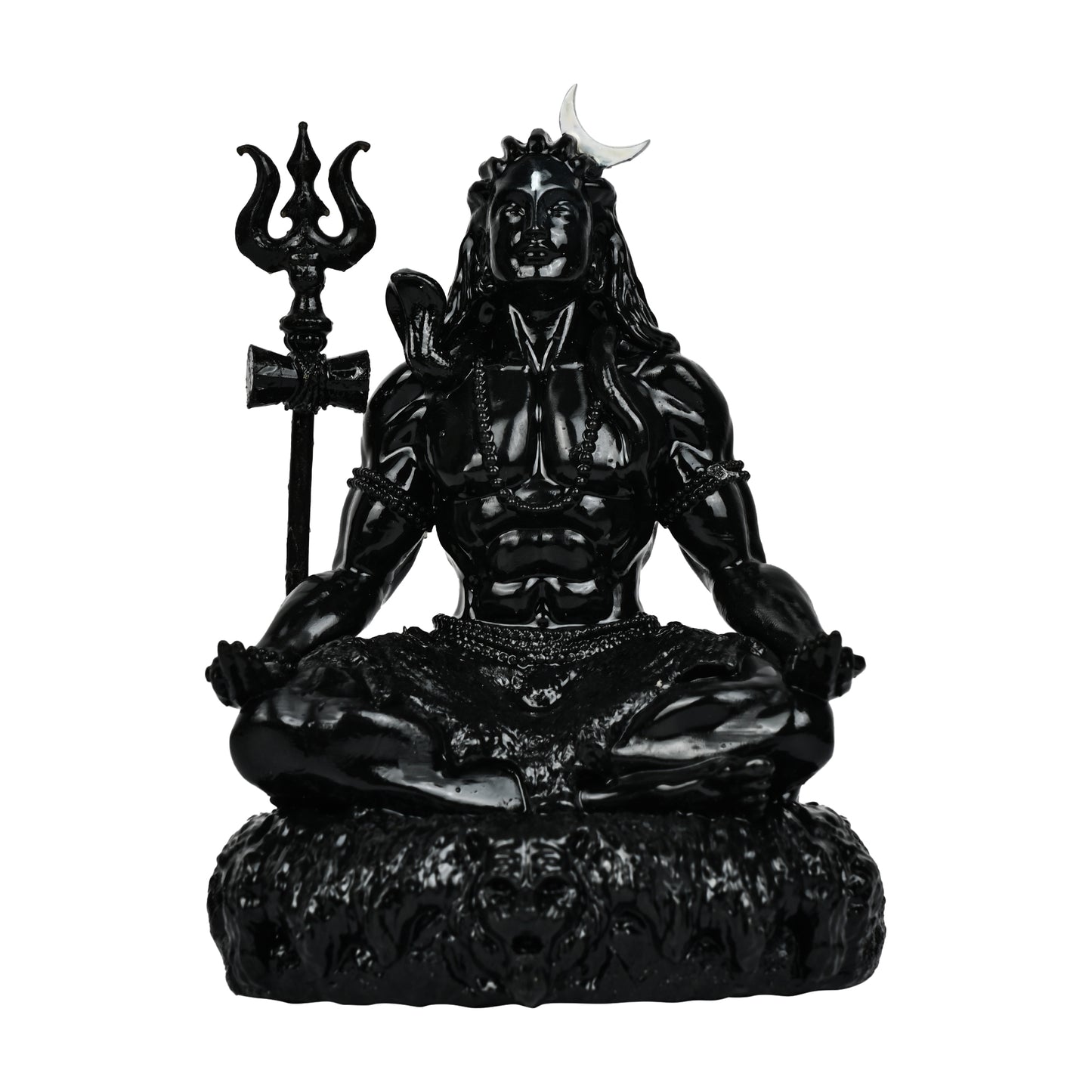Who Should Not Wear Rudraksha?
Rudraksha beads, revered in Hinduism and other spiritual traditions, are believed to hold immense power and spiritual significance. They are derived from the seeds of the Elaeocarpus ganitrus tree, found predominantly in the Himalayan region and parts of Southeast Asia.
The term "Rudraksha" itself is a combination of two Sanskrit words: "Rudra" (a name for Lord Shiva) and "Aksha" (eye). Hence, Rudraksha is often referred to as the "Eye of Shiva."
While many people wear Rudraksha beads for their supposed benefits, such as enhanced mental clarity, peace of mind, and spiritual growth, there are certain groups of people who are advised to refrain from wearing these beads.
This guidance is rooted in traditional beliefs, scriptural references, and practical considerations.
1. Pregnant Women
Pregnant women are often advised against wearing Rudraksha beads. Traditional beliefs suggest that the intense energy and vibrations emitted by these beads might affect the delicate balance required during pregnancy. The body undergoes significant changes during this period, and any external influence that could potentially disturb the mother or the developing fetus is generally avoided.
2. Children Under Five
For very young children, especially those under the age of five, it is usually recommended to avoid Rudraksha beads. The reasoning behind this is similar to that for pregnant women. The energetic impact of Rudraksha is considered too strong for their developing bodies and minds. Additionally, there is a practical concern about the safety and choking hazard posed by small beads.
3. Individuals With Certain Health Conditions
People with specific health conditions, particularly those related to the nervous system and heart, should exercise caution. For instance, those with severe heart ailments or neurological disorders might experience an adverse reaction to the powerful energy of Rudraksha. It is always advisable to consult with a healthcare provider and a knowledgeable spiritual advisor before wearing Rudraksha if you have such conditions.
4. Those Who Lead a Highly Non-Spiritual Lifestyle
Rudraksha beads are traditionally associated with a spiritual and disciplined lifestyle. Individuals who lead a lifestyle that is highly inconsistent with spiritual principles, such as engaging in excessive consumption of alcohol, drugs, or other activities considered impure or unethical, may be advised against wearing Rudraksha. The bead is believed to align with higher spiritual frequencies, and a lifestyle starkly opposed to this could result in a dissonance that is neither beneficial nor comfortable.
5. People During Specific Times
There are certain times and situations when even regular wearers of Rudraksha might need to remove their beads. These include:
- During Menstrual Cycle: Some traditional beliefs suggest that women should not wear Rudraksha during their menstrual cycle due to the high energy of the beads and the natural biological processes taking place during this time.
- While Attending Funerals or Cremations: It is generally advised to remove Rudraksha beads while attending funerals or cremation ceremonies. The beads are considered sacred and are not to be exposed to the vibrations associated with death and mourning.
- While Bathing: Rudraksha beads should ideally not be worn while bathing, especially if using hot water or soaps, as these can damage the natural integrity of the beads. Additionally, removing the beads while bathing is a sign of respect for their sanctity.
Conclusion: The sacred Rudraksha bead is more than just an ornament; it is a spiritual tool that carries deep significance and potent energy. Understanding who should not wear Rudraksha helps in respecting its sanctity and harnessing its benefits appropriately.
While these guidelines are rooted in traditional beliefs and cultural practices, they also align with practical considerations to ensure safety and respect for the spiritual properties of Rudraksha.
Before deciding to wear Rudraksha, it is wise to seek guidance from knowledgeable sources, be it spiritual advisors, texts, or healthcare providers, to ensure it aligns well with your personal and spiritual well-being.
Also Read: Who Can Wear 5 Mukhi Rudraksha ?





